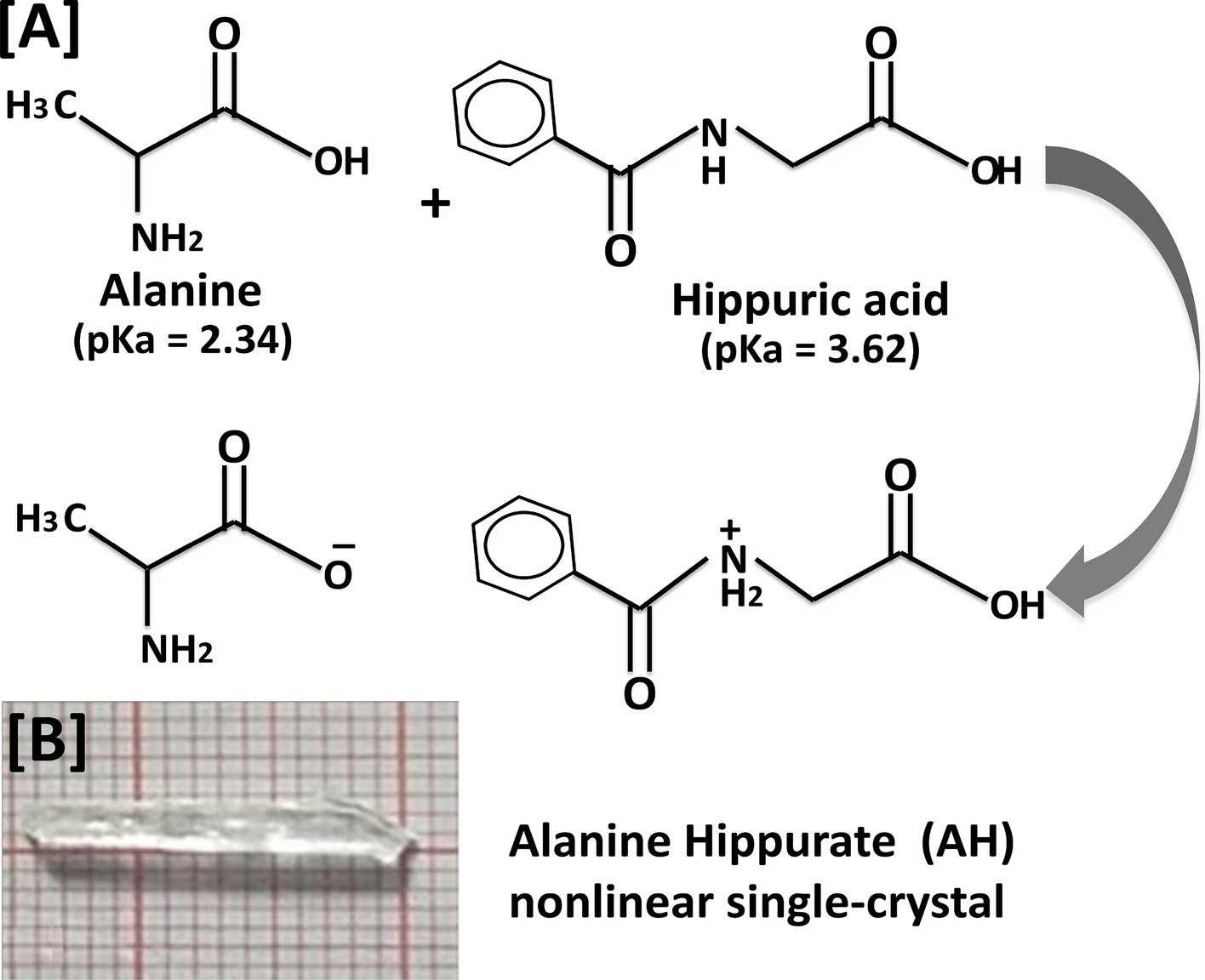
Nanostructured Mg substituted Mn-Zn ferrites: A magnetic recyclable catalyst for outstanding photocatalytic and antimicrobial potentials
With recently increasing the environmental problems and expected energy crisis, it is necessary to synthesis a low-cost, efficient, and UV-light responsive photocatalyst for contaminants’ degradation. The nanostructured spinel ferrite Mn0.5Zn0.5-xMgxFe2O4 NPs (x = 0.0, 0.125, 0.25, 0.375 and 0.50) were synthesized via the sol-gel method. The crystallite size was lied in nano regime ranging from 21.8 to 36.5 nm. The surface chemical composition of the Mn0.5Zn0.5-xMgxFe2O4 NPs was investigated via XPS analysis. Mossbauer spectra showed that the peaks were shifted to higher values of the maximum magnetic field as the Mg content increased, indicating that the crystallinity is enhanced while the crystal size is decreased. Also, various parameters such as the photocatalyst dose, dyes concentration, pH, point of zero charge, and the metals leaching were studied. The point of zero charge (PZC) has found at pH = 2.38. The Mn0.5Zn0.125Mg0.375Fe2O4 NPs showed an excellent UV-assisted photocatalytic activity against Chloramine T (90 % removal efficiency) and Rhodamine B (95 % removal efficiency) after 80 min as compared to pure Mn0.5Zn0.5Fe2O4 ferrite NPs. Besides, it a recyclable catalyst at least four times with a negligible reduction of photocatalytic activity with slight elements leaching. Furthermore, the Mn0.5Zn0.25Mg0.25Fe2O4 NPs showed a high antimicrobial activity towards pathogenic bacteria and yeats. © 2020 Elsevier B.V.




